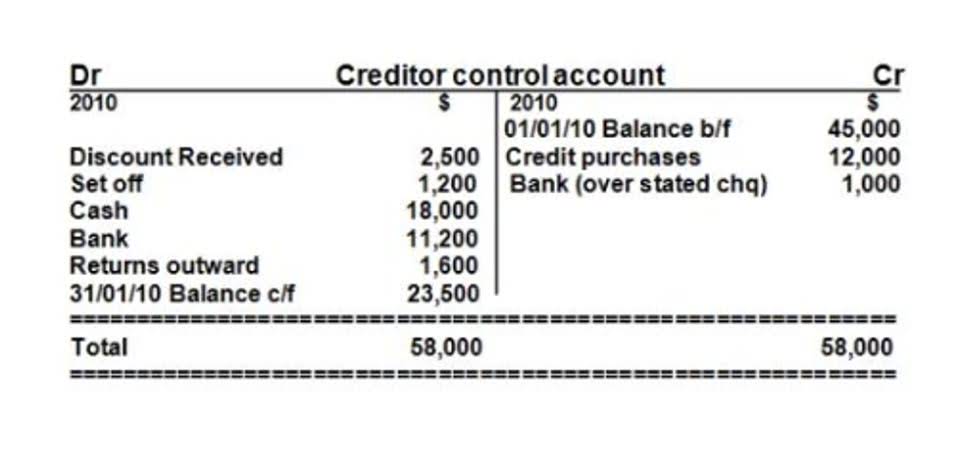
Unlike traditional accounting, fund accounting separates resources into distinct categories, or “funds,” each with specific restrictions and purposes. This ensures compliance with donor or grantor stipulations, enhancing accountability and transparency. Revenue recognition in governmental accounting is government and nonprofit accounting distinct from the private sector due to the nature of government funding sources and the need for compliance with legal and regulatory requirements.
Accounting Principles and Concepts

Sets standards for private sector businesses and nonprofit organizations in the United States. Understanding its principles and practices helps stakeholders evaluate financial health and operational performance. The Governmental Accounting Standards Board and the Federal Accounting Standards Advisory Board formulate the accounting framework. These principles and standards are applied across sectors to ensure that all parties look at their budgets and profits in the same way. Operates within the framework of financial regulations and standards applicable to private sector entities.
Module 3: Financial Reporting of State and Local Government Part II

Governmental accountants can pursue various career paths within the public sector, including roles in financial management, auditing, budget analysis, grants administration, taxation, and policy analysis. Advancement opportunities may include positions as finance online bookkeeping directors, controllers, auditors, or chief financial officers (CFOs) within government agencies or nonprofit organizations. Grant and contract accounting are integral to financial management for governmental and nonprofit entities.
Government Accounting – Meaning, Objectives and Features

These platforms facilitate dynamic budgeting that can adapt to changing conditions, providing organizations with the agility needed to respond to unforeseen financial challenges. By implementing such technology, government and nonprofit entities can enhance transparency, accountability, and decision-making efficiency. Public sector auditing techniques are designed to provide an independent assessment of a Accounting for Churches government’s financial statements and operations. These audits are typically conducted by external auditors, such as state auditors or independent accounting firms, to ensure objectivity and credibility. The primary goal of public sector audits is to verify the accuracy and completeness of financial statements, assess compliance with laws and regulations, and evaluate the effectiveness of internal controls.
- This module outlines the steps involved in preparing the government-wide Statement of Net Position and the government-wide Statement of Activities from trial balances and supporting documentation.
- This approach provides a more accurate reflection of a government’s financial position and its ability to meet current obligations.
- Unlike traditional accounting systems, fund accounting segregates resources into categories, or “funds,” each with its own financial statements.
- In the United States, for instance, there are two levels of government which follow different accounting standards set forth by independent, private sector boards.
Features of Government Accounting
- Budgetary control mechanisms are put in place to monitor and enforce adherence to the budget.
- Government accounting refers to the comprehensive process of recording, categorizing, summarizing, and interpreting all financial transactions incurred by the government.
- Grant and contract accounting are integral to financial management for governmental and nonprofit entities.
- Activity-based costing (ABC) attributes costs to specific activities based on resource consumption, offering a detailed understanding of cost drivers and identifying efficiency improvement areas.
- Despite the possibilities offered by automation and AI, skilled accountants will always need to analyze data, understand complex issues, and make strategic decisions.
- By leveraging such technology, organizations can streamline accounting processes, reduce errors, and focus more on their core missions.
Alternatively, the step-down method allocates costs sequentially, beginning with the department that provides the most services to others. This approach can yield more accurate results, especially in complex organizations with interdependent departments. It’s crucial to select a method that aligns with the organization’s structure and financial goals, ensuring equitable distribution of costs and compliance with accounting standards. Government and nonprofit accounting ensures transparency, accountability, and efficient resource use. Unlike for-profit entities, these organizations operate under financial principles tailored to their specific objectives and stakeholders.

 Reporter Name
Reporter Name 

























